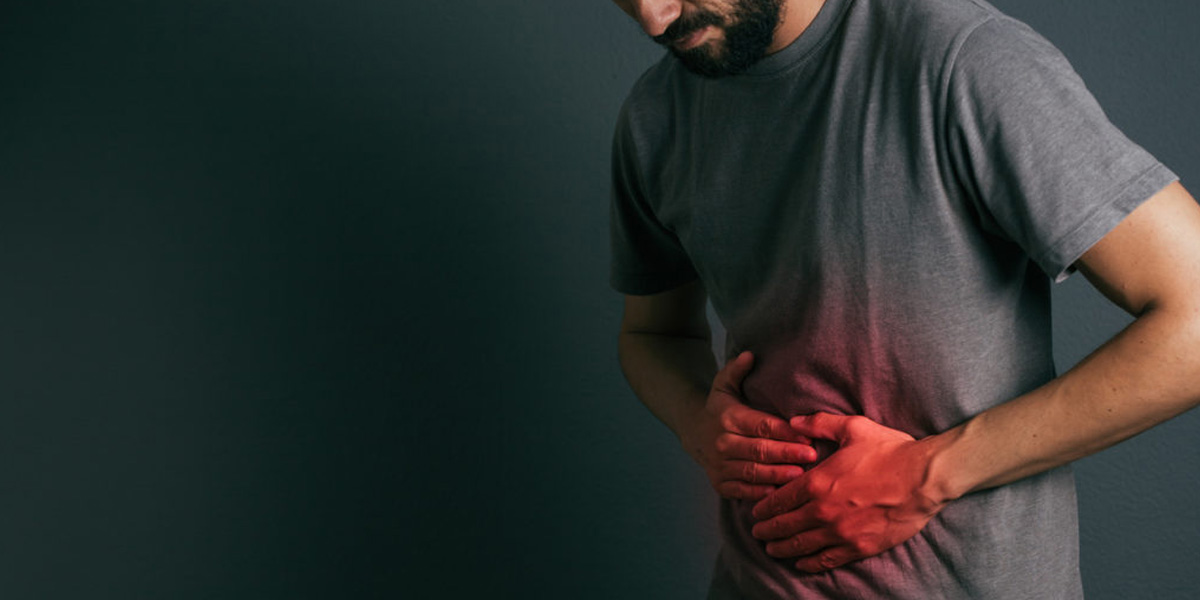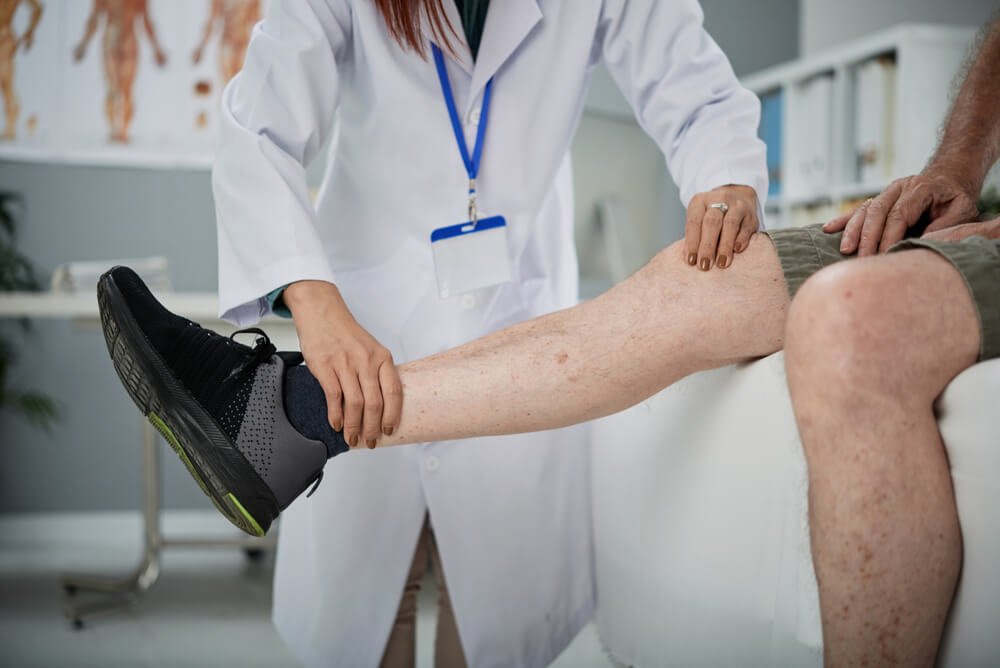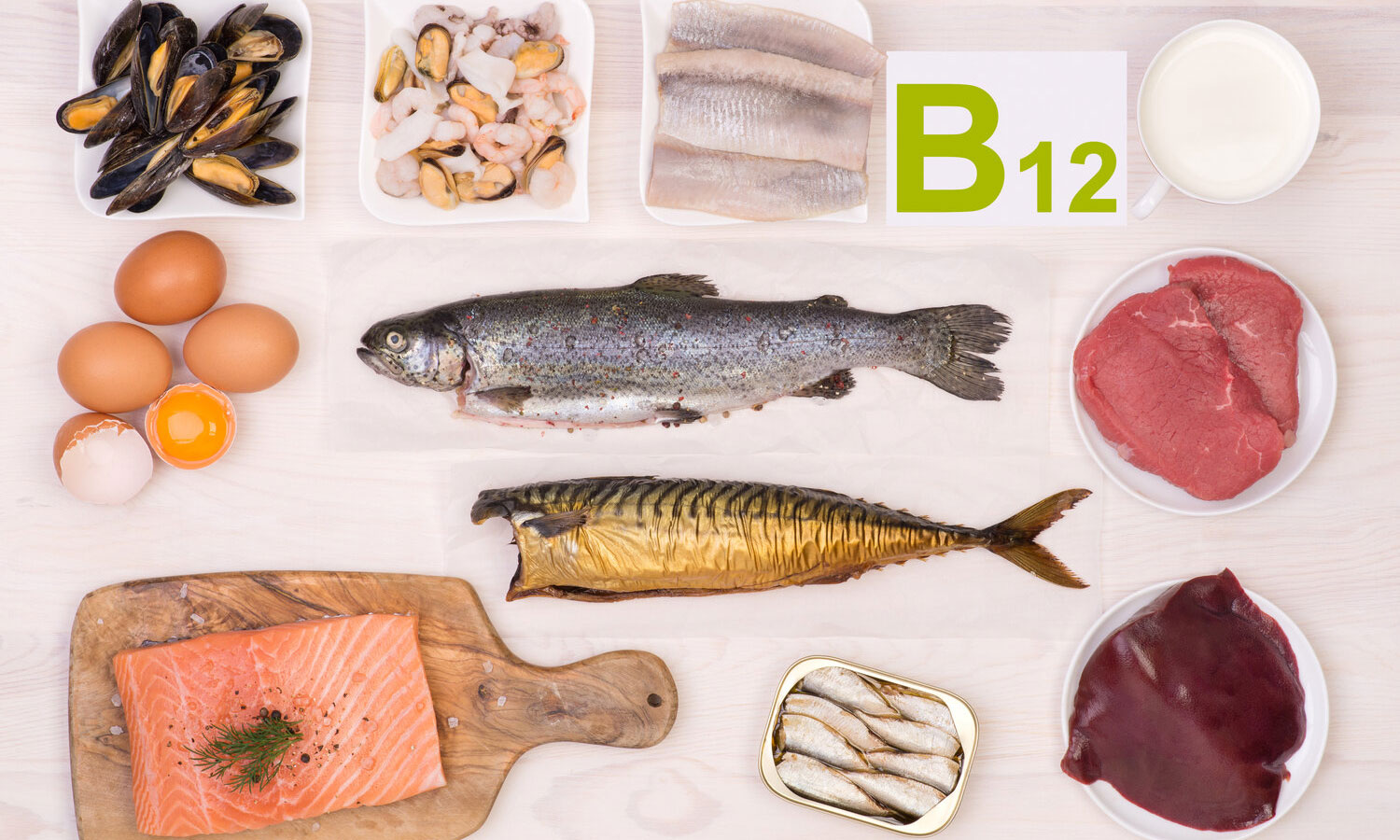Tackling abdominal bloating first requires understanding the causes and learning to prevent the discomfort. The act of swallowing and digestion creates intestinal gas in a person’s digestive tract, from their stomach to their rectum. As a result, everyone releases gas orally or rectally every day.
Several factors contribute to bloating: Fluid retention or edema, gas buildup, indigestion, food intolerance, inability to fully digest foods, constipation, overeating, and more. In addition, excessive abdominal gas might indicate a digestive disorder. However, for most people, non-invasive treatments can reduce discomfort, and lifestyle changes can prevent further inflammation.
When a person’s abdomen feels uncomfortable (full or tight), it is a sign that something is irritating their gastrointestinal (GI) tract. Most often, bloating results from too much gas building up in the stomach or intestines and usually resolves itself, mainly when the discomfort occurs after eating. Nonetheless, according to Yvette Brazier for Medical News Today (MNT), there are some ways to speed up the process: primarily understanding common triggers and how to combat them.
Diet and digestive issues are the most common and seemingly harmless triggers for abdominal bloating.
- Constipation resulting from lack of fiber or dehydration could lead to abdominal bloating.
- Food allergies and intolerances could result in discomfort.
- Consuming carbonated beverages, too much sugar or salt, and insufficient fiber can cause bloating.
- Women frequently experience abdominal discomfort from edema and hormonal changes during their menstrual cycles — before and during their periods.
Quick Tips for Getting Rid of Abdominal Bloating
- Walking or other physical activity can relieve constipation-related bloating by helping the body release excess gas and stimulate a person’s bowels to move more frequently. In addition, a short walk can offer quick relief from feeling bloated.
- Certain yoga poses could help a person pass trapped gas by belching or rectally (farting). Passing gas is a natural bodily function that reduces the pain of bloating. MNT author Jon Johnson recommends doing these poses, called asanas, alone and in a comfortable place to ensure the person is relaxed enough to allow the gas to escape.
- Peppermint oil capsules may help relieve indigestion and associated abdominal discomfort by relaxing intestinal muscles to move gas and stool effectively. Typically marketed, over-the-counter or online, as a treatment for irritable bowel syndrome (IBS), non-IBS individuals can use peppermint pills to combat bloating.
- Anti-gas pills, liquid, or chews containing simethicone, such as Gas-X, TUMS, and Alka-Seltzer, are designed to help move trapped air out of the digestive tract.
- Sometimes, all it takes to reduce bloating is to relax in a warm bath. Relaxation could allow the GI tract to work better.
In most cases, quick fixes are temporary solutions or are ineffective for some abdominal bloating causes. If people have frequent problems, changing their diet, increasing their activity level, and cutting down on eating gas-inducing foods or behaviors (like chewing gum) could make a noticeable difference.
NOTE: Always consult a healthcare professional before making significant dietary changes, increasing or starting exercising, and using any over-the-counter gas relief medications and herbal or natural remedies. Discuss your symptoms and ask for recommendations. If medication is suggested, always take it as instructed.
Reduce Excess Abdominal Gas with Dietary Changes
Sometimes, changing how a person eats can eliminate excess abdominal gas. For example, many people have problems with bloating directly after eating a large meal. They could avoid discomfort by eating several smaller meals a day. In addition, eating smaller quantities more often (5-6 times a day) keeps the digestive system moving.
A frequent problem in today’s diet is the lack of fiber and proper hydration. When fiber is combined with adequate fluid intake, it helps the digestive tract function properly. Adding dietary fiber prevents constipation and bloating and may also help reduce the risk of diabetes, obesity, and heart disease.
Unfortunately, only 5% of people meet their daily recommended dietary fiber intake, reported the Journal of the Academy and Dietetics (JAND). The goal for adult males is to consume at least 30 to 38 grams daily, while women should have 21 to 25 grams. In addition, some people might have unfavorable effects if they consume over 70 grams of fiber daily, such as bloating, flatulence, and discomfort.
Since fiber requirements are based on gender, weight, and age, it is advisable to consult a doctor about daily recommendations for fiber: “How much fiber is too much?” “Should I take a supplement to increase my fiber intake?”
It is vital to remember that eating too much fiber or increasing fiber intake too quickly can cause more gas and abdominal bloating.
Medical News Today suggests gradually increasing over several weeks. By starting slowly, the body has an opportunity to adjust to the dietary change. Below are examples of fiber-containing foods:
- Fruits: raspberries, pears, bananas, oranges, strawberries, and unskinned apples.
- Vegetables: boiled green beans, broccoli, turnip greens, sweet corn, and Brussels sprouts; raw cauliflower and carrots; and baked potato with skin.
- Grains: cooked whole-wheat spaghetti, pearled barley, quinoa, instant oatmeal, and brown rice; bran flakes or oat bran muffin; whole-wheat or rye bread; and air-popped popcorn.
- Legumes, nuts, and seeds: boiled split peas, lentils, and black beans; canned baked beans; chia seeds; almonds, pistachios, and sunflower kernels.
Low-fiber foods should be used in moderation. These include high-fat foods, cheese, meat, and eggs; highly processed foods, such as white bread; and fast foods, chips, and other premade foods.
Another dietary change includes either reducing or eliminating gas-producing foods and substances. Since these foods can affect people differently, to decide which foods are causing problems, track everything consumed and how the body responds in a food diary to help people determine which foods negatively affect their digestive system. Below is a partial list of common gas-producing foods and substances:
- Fiber-containing foods: beans, lentils, cabbage, broccoli, Brussels sprouts, bran, etc.
- Dairy products containing lactose.
- Fructose from fruits: apples, mangos, watermelon, pears, peaches, and cherries. Fructose is also used in soft drinks, sauces, salad dressings, yogurt, fast foods, etc.
- Sorbitol or sugar alcohol is a sugar substitute often used in sugar-free candies, gums, and artificial sweeteners.
- Salt or sodium.
- Carbonated beverages.
Drinking water is essential for every cell, tissue, and organ in the body; without water, the body cannot survive. An average adult living in moderate temperatures should drink about 15.5 cups a day for men or 11.5 cups for women. Check with a medical advice nurse for specific water requirements based on height, weight, and age.
Moreover, water consumption helps eliminate abdominal bloating typically experienced with sugar or artificial sweetener intake. So, exchanging carbonated (carbon dioxide) non-hydrating beverages for water is a wise choice since it will help the body digest and effectively use fiber: Choosing to drink water will help reduce or eliminate abdominal bloating and constipation.
Increase Activity Level: Get More Exercise
Physical activity is vital in the body’s overall ability to function healthily and is especially necessary for the digestive tract. Exercise helps to move stool and gas out of the colon, which is needed to improve bowel movement regularity. Exercising can also relieve water retention or edema by releasing extra sodium through sweating.
Remember to stay hydrated by drinking water before, during, and after exercising. Dehydration is a normal process that happens when people breathe, sweat, and pass urine and stool. Incomplete rehydration can cause abdominal bloating, constipation, and lethargy.
The Department of Health and Human Services recommends 300 minutes (5 hours) weekly of moderate to vigorous aerobic activity spread out during the week. Moderate exercise includes walking briskly, riding a bicycle, and swimming, according to the Mayo Clinic.
However, starting slowly is prudent if a person is out of shape or not used to extended or demanding exercise routines. “Even small amounts of physical activity are helpful. Being active for short periods of time throughout the day can add up,” explained Dr. Edward R. Laskowski.
The goal is to aim for at least 30 minutes of moderate exercise daily. Reducing the time spent sitting is essential for overall health and longevity. But if a person does not have 30-minute blocks of time to exercise each day, Dr. Laskowski suggests trying a few five-minute walks instead.
A German 2008 study, published in the Journal of Gastrointestinal and Liver Diseases, found that taking a leisurely walk after eating a large meal helped move food through the stomach more quickly, enabling digestive gas to move, which reduces abdominal bloating, constipation, etc.
Dr. Laskowski contends, “Any activity is better than none at all. What’s more important is making regular activity part of your lifestyle.”
When to See a GI Doctor about Abdominal Bloating
As noted above, seeking advice from a medical professional about dietary or exercise changes is suggested. However, seeing a doctor for persistent or severe abdominal bloating that does not respond to previously recommended dietary and exercise lifestyle changes is advisable. In addition, a “gut health specialist” or gastroenterologist (GI) is needed to rule out a medical condition.
If someone whose abdominal bloating is accompanied by the following symptoms, they should promptly seek medical assistance:
- Changes in appetite or trouble eating
- Diarrhea
- Vomiting
- Heartburn
- Unintentional weight loss
- Fever
- Severe abdominal pain
- Bright red blood in their stool
- Black or dark maroon stools
The general rule of thumb is that if a person belches or farts more than 20 times a day, then it is time to see a GI who will determine if the person has one of the many digestive disorders such as celiac disease, Chron’s disease, dumping syndrome, gastroparesis, lactose intolerance, irritable bowel syndrome (IBS), gastroesophageal reflux disease (GERD), diverticulitis, and inflammatory bowel disease (IBD).
In preparing for the first visit with a GI, be prepared to answer and ask questions. It would be helpful to bring a journal or diary that includes symptoms history, a list of steps taken to resolve abdominal bloating, the effectiveness of changes made, and foods that seem to inflame the problem further.
The doctor will ask questions about family members’ gut health and discuss the side effects of medications that could be causing abdominal bloating or excessive intestinal gas. Then, the GI will order tests based on his preliminary evaluation.
Most digestive disorders can be treated with diet modification or medication — most likely both. Some might require physical therapy or surgery.
Whether abdominal bloating can be self-treated with short or long-term dietary changes and exercise or requires medical assistance, the probability of relief is likely.




